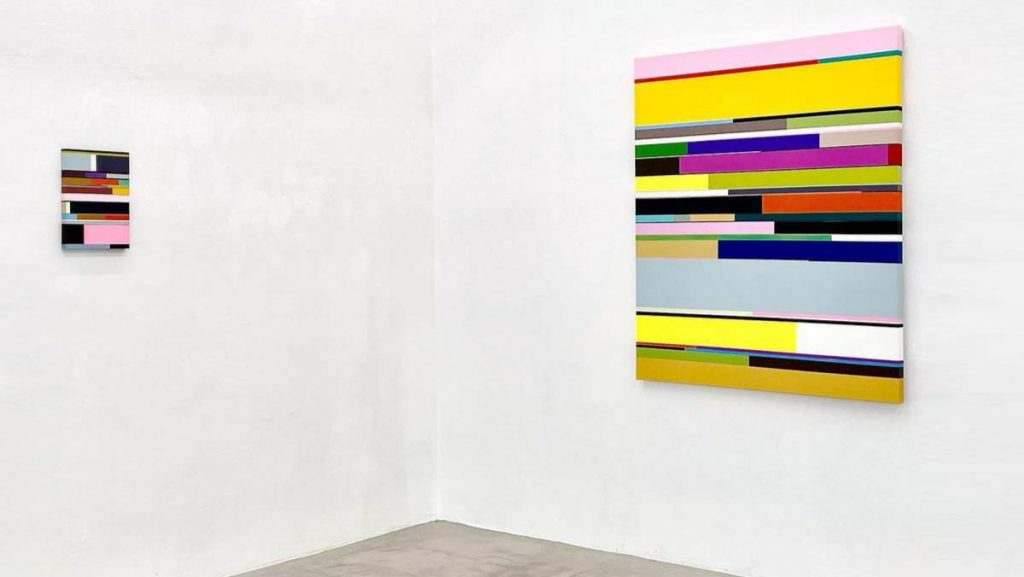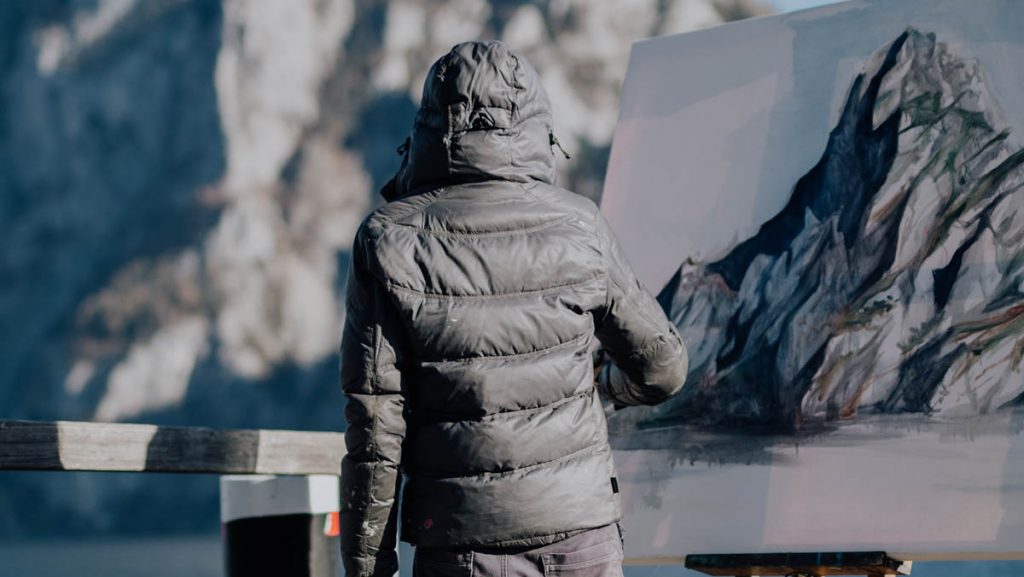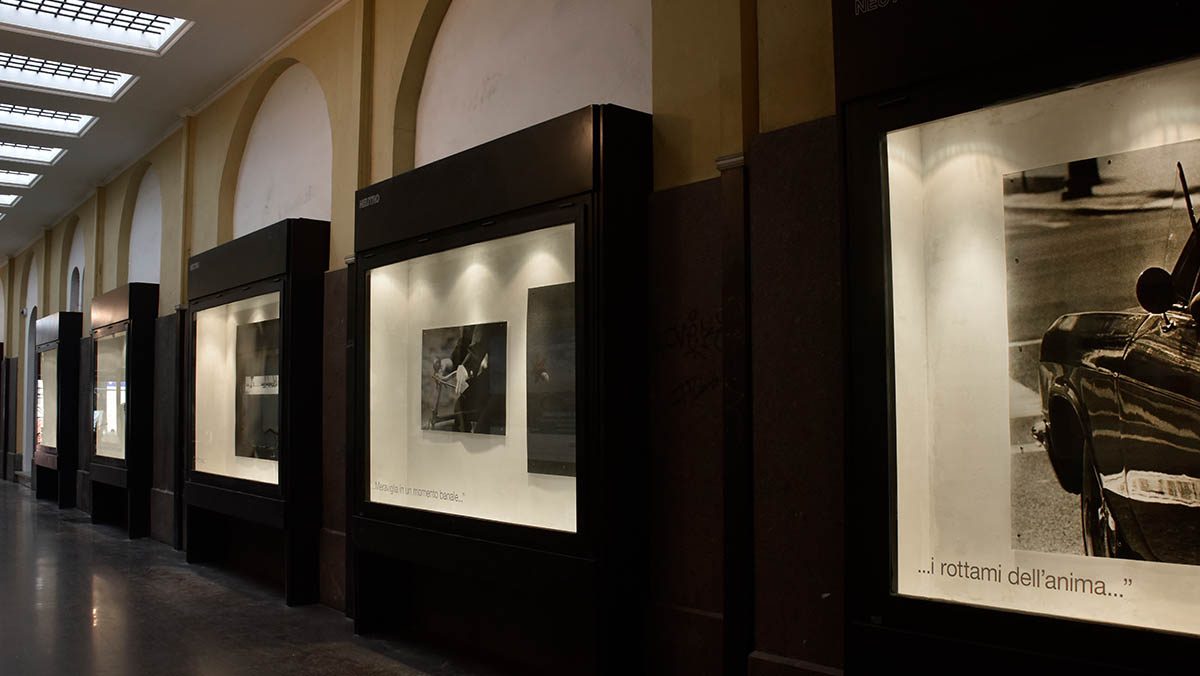
S. responses are natural, have no sign of dryness at all. The words that she uses for depicting what they in NEUTRO do sound liberal, inviting, amusing. Sometimes this email looks like one of those short books of MERVE Verlag. Nevertheless, to be able to understand it, you need extra literature and research. I have imagined many stories regarding how NEUTRO opened, but not the one that I was getting to know. It is interesting how well space’s open character fits with its founders‘ decisive character. Example: They are decided not to set any constraints on their artists. The founders of this place want that artists challenge their practices on their six showcases. Furthermore, they treasure discussion, and to create such a conversation, they invite in almost every event „others“. These others have not always to be curators, and exhibition curated text is not the only alternative to engage with someone’s practice. Get to know this unconventional place!
*If someone is wondering where in Vienna, are found such streets, maybe you are right. Maybe this street doesn’t always feel like this. Maybe this look is ephemeral, a temporary exclusion, maybe impacted from the spirit of Novel Coronavirus.
How came NEUTRO into life? Did you first have a concept and then found the „scene“ (passage), or was it the opposite?
For some years, Andrea and I thought about (and looked for) an art space. It had to be self-visitable and open to anyone passing by, which did not impose the obligation of having to „cross a threshold“ to enjoy it. At the same time, we were interested in the communicative possibilities of art if placed in a living environment, in direct contact with a vast and heterogeneous audience. Art projects in public spaces are rare nowadays in Italy, but it was different in the middle of the 20th century. In many other countries, such projects continue to remain usual. The idea of NEUTRO arose from there, but it took its actual shape only last year when we came across the six unused showcases exactly in the middle of the historical city center and met Matteo (the third member of the team). The idea for such a space was already on our minds. Its precise form, which includes the showcases‘ utilization, only materialized when we saw the place.
I wonder how did you manage to get the showcases of BNL Bank?
Without thinking too much, we knocked on the door of the bank that had them in management. It was quite simple… the longest part was to find out the keys, as they haven’t used them for a long time!
There is a triptych alike Facebook post, where NEUTRO features are listed (i like it a lot). Could you reveal something to us about it?
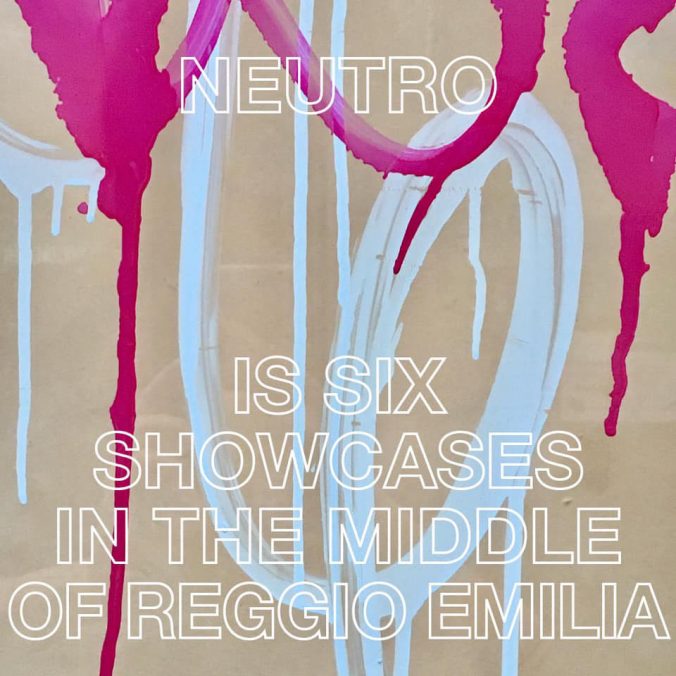
NEUTRO. REGGIO EMILIA 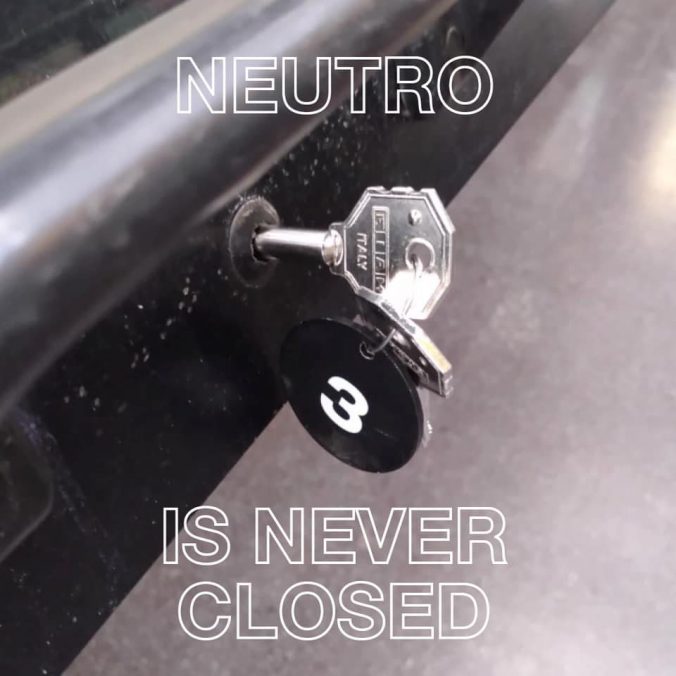
NEUTRO. REGGIO EMILIA 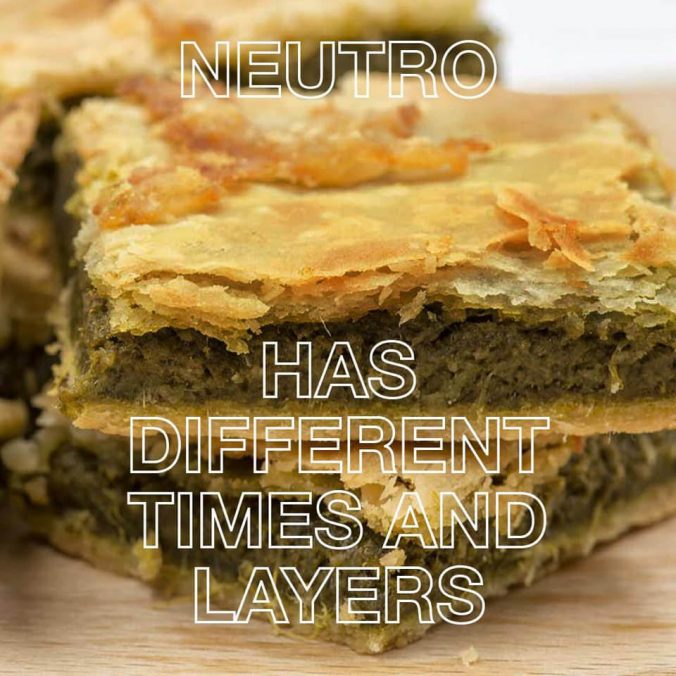
NEUTRO. REGGIO EMILIA
Thank you. Those posts were conceived as a sort of manifesto of the space. As NEUTRO is a frame, a transparent display, we choose a wireframe/ empty font that shows the images behind it. This is recognizable in all our graphic materials. The three photos are somehow related to NEUTRO but the text over them not necessarily. You can read them separately or together and try to find out a connection between images and words. The sentences describe the space and same time bear „hidden“ meanings.
Photo I: „In the middle of Reggio Emilia“ is the easiest way to tell the address of NEUTRO, which actually has no address. Photo II: „Is never closed“ because the space/passage is always open. It has gates as it’s private, but since it was declared of public utility, it could not be closed anymore. Same time, „Is never closed“ stands for showing our attitude. We are open to different art forms or ideas to expose, and we do not want to put boundaries on the invited artists.
Photo III: „Different times and layers“ is related to the nature of the space that usually is crossed by feet or bicycle, slowly with attention or in a rush, but also to our exhibition types. They can be seen in different ways: physically at NEUTRO, by reading the publication, or by looking at the contents that we publish on the web.
Give us some technical data such as size, materials, or whatever you feel that the readers and we would enjoy knowing.
The displays are on the same side of the passage, but have different sizes (most are w:240cm and h:160cm, a couple are smaller w:180cm). They’re quite big! They also have some depth (30cm circa) that allows the artists to put inside small objects, sculptures, books, or offers one the possibility to work on both layers of the window: on the inside and on the glass.
Would the concept have been in another way, if we would not have the whole pandemic situation? Do you know about other spaces in Italy that can be visited similarly?
We developed the concept just before the start of the pandemic, and probably NEUTRO is an ante litteram child of its time. We are happily surprised that the space has escaped categorization, and it is impossible to block it, even now that most of the museums are closed. We developed the concept just before the start of the pandemic, and probably NEUTRO is an ante litteram child of its time. We are happily surprised that the space has escaped categorization, and it is impossible to block it, even now that most of the museums are closed. Last month, in the wake of NEUTRO, the city of Reggio Emilia started a similar project which exposes art in empty windows of vacant shops. It’s nice to see that our idea can push others to do something for the city. We strongly believe in simple actions that can be easily replicated. Similar spaces with similar features like ours can be found in the cities of Roma (Una Vetrina), in Milan (Spazio Serra, Edicola Redetzky and Massimo), Florence (toast project), and in Bologna (Spazio Tripla). They are some of our favorites.
Do you, Andrea, and Matteo sometimes observe how people react to the artworks displayed on the 6 showcases?
Yes, we love to do so! Our favorite is when someone pass-by in a rush, carelessly, and in the middle of the passage starts to notice the artworks, stops, and goes back to the first showcase. It means that we have achieved our goal. At the same time, we are happy that the artworks became part of people’s daily lives, from those who work in the bank and gaze them through the offices‘ windows, the ones that live close by and encounter them when going out or returning home, or that are seen by a passer-by.
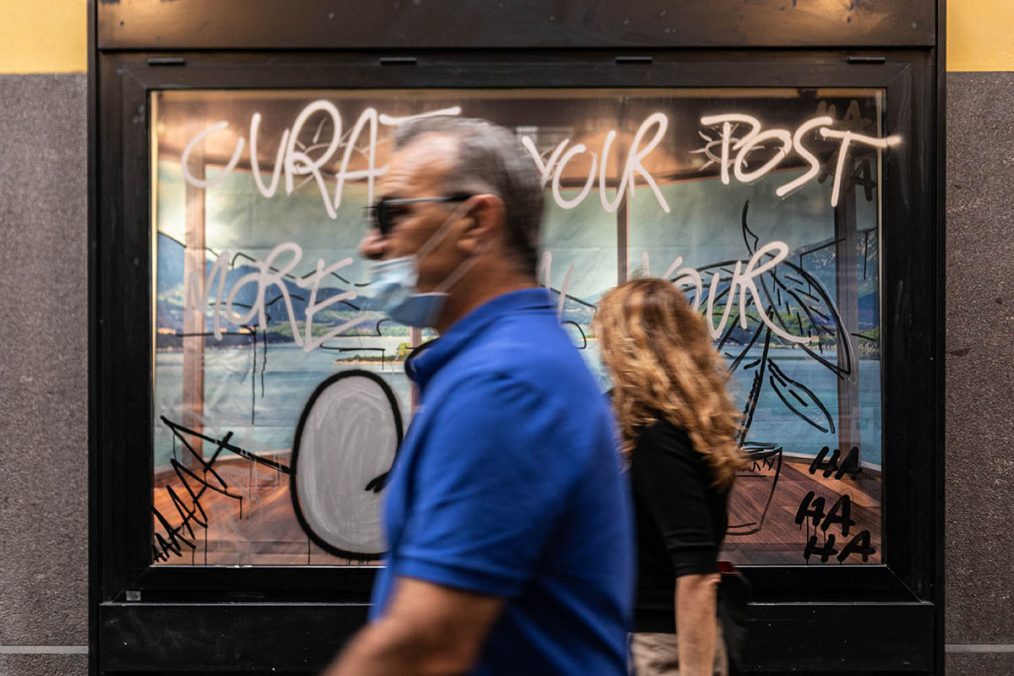
Passers-by, NEUTRO, Exhibition „Let’s not be honest“ from The Cool Couple, 2021 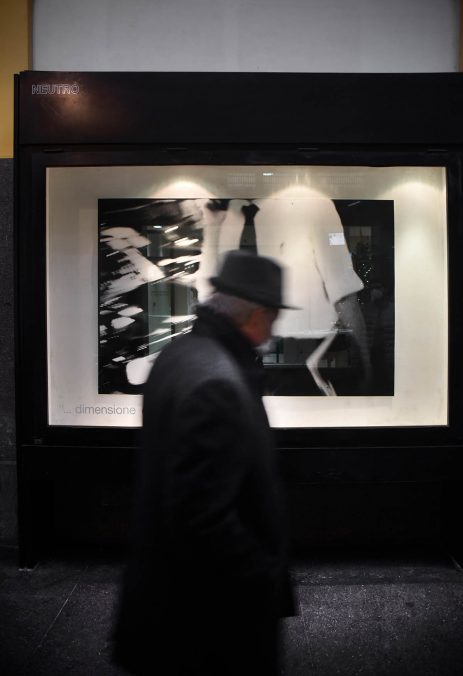
Passers-by, NEUTRO, Exhibition „Metropolis“ from Renato D’Agostin , 2021
Passers-by, NEUTRO, Exhibition „Metropolis“ from Renato D’Agostin , 2021




